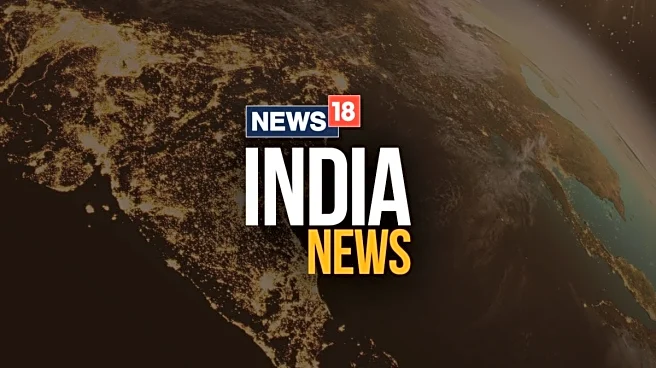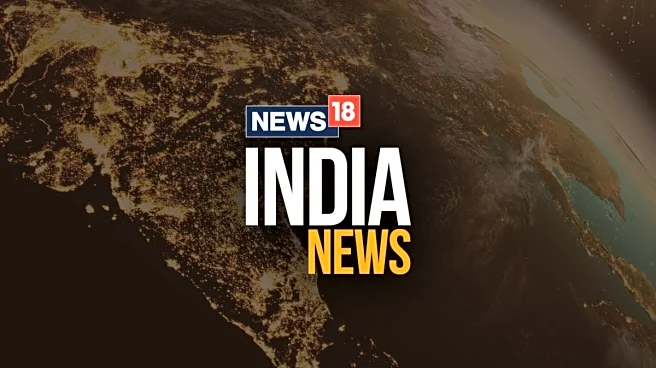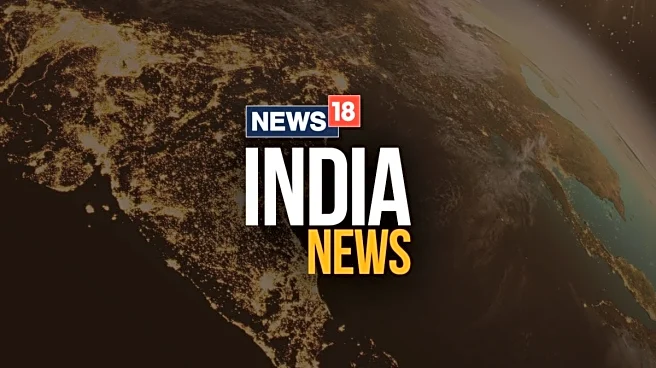Speaking to CNBC-TV18 after a press conference in New Delhi, he noted that GeM recently organised a Chintan Shivir on the subject and is considering the proposal “very seriously,” though no timeline has been set.
Public works contracts in India—awarded by the Centre, state governments, and local bodies such as municipal corporations and panchayats—collectively run into lakhs of crores.
Kumar said GeM had held a consultative committee meeting (CCM) with buyers and sellers to expand categories on the portal, including the possible addition of drones.
He also confirmed that GeM remains on track to launch a global tender enquiry feature by the end of this financial year, while keeping open the option of harmonising remaining standards. The portal already aligns with several international geographies via the United Nations Standard Products and Services Code (UNSPSC).
India’s government procurement market is estimated at nearly $600 billion annually, around 15% of GDP. Procurement has figured in recent FTAs signed by India and is likely to feature in ongoing negotiations. After the UAE, the UK is the second country granted access to India’s government procurement market, allowing British firms to participate in tenders above ₹200 crore.
As per the revised Public Procurement (Preference to Make in India) Order, 2017, suppliers are classified into Class-I, Class-II, and non-local categories. Class-I suppliers, with more than 50% domestic value addition (DVA), receive the highest preference. Class-II suppliers, with 20-50% DVA, can bid for domestic tenders but remain excluded from state and local-level procurement.



/images/ppid_59c68470-image-175872753457366649.webp)



/images/ppid_59c68470-image-17587126270246756.webp)
/images/ppid_59c68470-image-175864006946682120.webp)

/images/ppid_59c68470-image-175856003347614419.webp)
